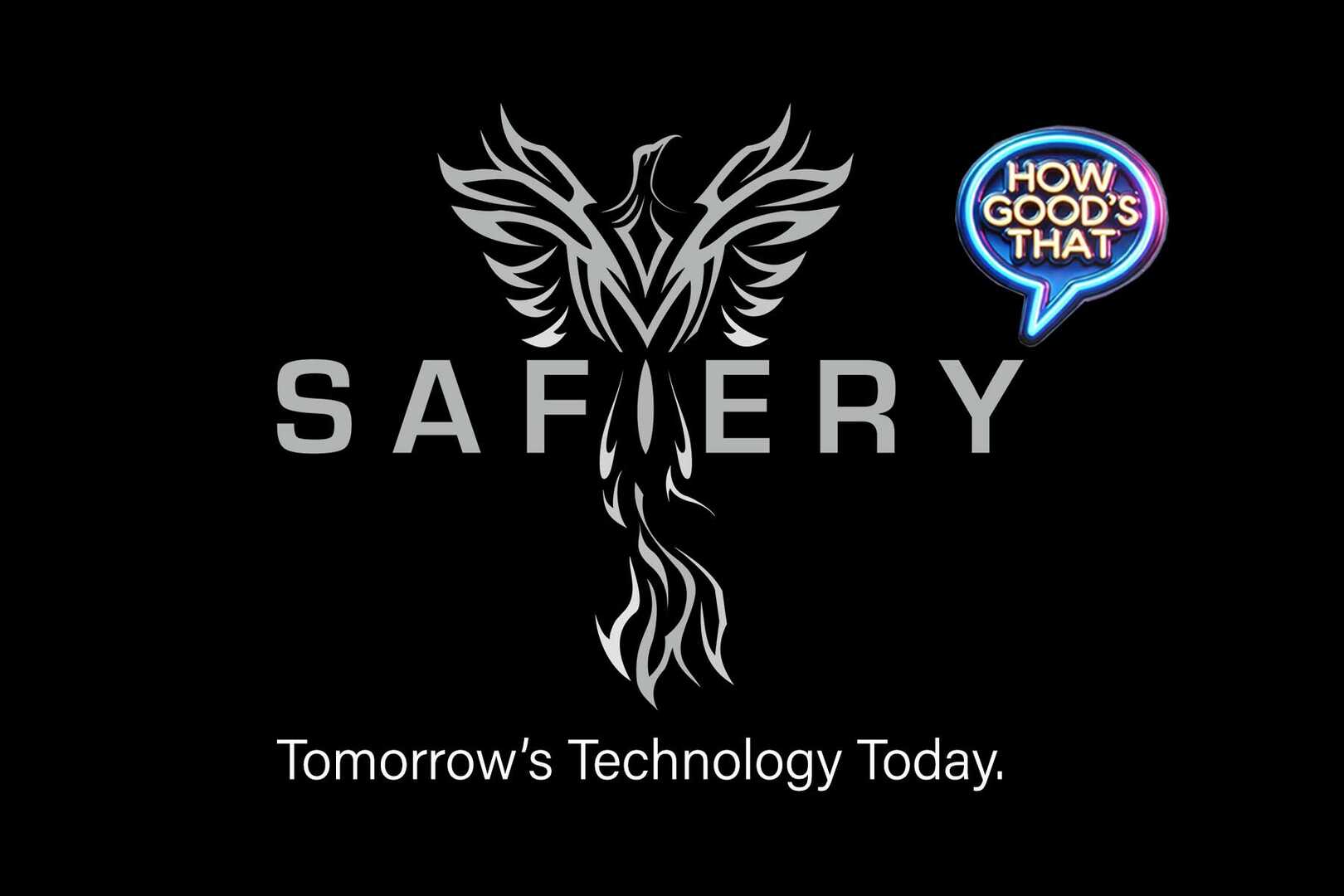Vance Vanz
Well-known member
Hi All,
I will be starting my complete build this coming winter 2022, similar specs to an EarthRoamer LTi. We will eventually be traveling from Alaska to South America if COVID permits-full time living in the rig for 18-24 months.
I have already read many of the threads in the “Power Systems” section of this forum and did a bit of digging online. Maybe I already know the answer to my question (Auxiliary Alternator is the best choice given my power system), but I would like some additional clarity on the pros/cons, or which is better, related to charging a 900Ah lithium battery bank using an additional auxiliary alternator or a DC-DC/B2B charger.
I’ve already owned a camper van with a similar off grid power system, slightly smaller, and it had an auxiliary alternator. I know most of the custom build shops in the campervan industry pretty much only run auxiliary alternators for lithium offgrid power systems. It appears that most DIY’s in the Expedition Portal prefer/are running the DC-DC charges. Given my power requirements, and need to primarily charge when driving, I’m assuming the auxiliary alternator is best. Please educate me if I’m missing something.
Truck:
2022 F550 Lariat, 7.3L Gas, 397A dual alternator, 78A dual battery.
Significant Electrical Specs-Camper:
900Ah lithium battery bank, 12-1,300W solar, A/C unit, Induction cooktop, fridge/freezer, combo microwave/convection oven, puck/under cabinet lighting. Heating/hot water will be off of gasoline (Rixon unit) from the truck, or shore power if present. No generator or LP. This will be an offgrid system, all electric, except for the few items noted coming off of gasoline. We are not planning on using much if any shore power.
Auxiliary Alternator:
I’m currently looking at the Nations kit, 280A [$1,999] or 370A [$2,199] alternator, which comes with a MC-614-H Balmar regulator/temp sensor and all the additional/needed mounting brackets, belts, etc. I’m open to other alternators/kits that anyone may be aware of and recommendations on the 280A or 370A noted above.
DC-DC/B2B:
It appears Sterling (Waterproof 12-12V 120A IP68) has the highest rated DC-DC/B2B charger, 120A, and you can wire two of them together to get a total of 240A [$625 x 2 = $1,250]. I’m also open to other/higher rated DC-DC/B2B charges that anyone may be aware of.
Thanks in advance for your time and wisdom !
!
I will be starting my complete build this coming winter 2022, similar specs to an EarthRoamer LTi. We will eventually be traveling from Alaska to South America if COVID permits-full time living in the rig for 18-24 months.
I have already read many of the threads in the “Power Systems” section of this forum and did a bit of digging online. Maybe I already know the answer to my question (Auxiliary Alternator is the best choice given my power system), but I would like some additional clarity on the pros/cons, or which is better, related to charging a 900Ah lithium battery bank using an additional auxiliary alternator or a DC-DC/B2B charger.
I’ve already owned a camper van with a similar off grid power system, slightly smaller, and it had an auxiliary alternator. I know most of the custom build shops in the campervan industry pretty much only run auxiliary alternators for lithium offgrid power systems. It appears that most DIY’s in the Expedition Portal prefer/are running the DC-DC charges. Given my power requirements, and need to primarily charge when driving, I’m assuming the auxiliary alternator is best. Please educate me if I’m missing something.
Truck:
2022 F550 Lariat, 7.3L Gas, 397A dual alternator, 78A dual battery.
Significant Electrical Specs-Camper:
900Ah lithium battery bank, 12-1,300W solar, A/C unit, Induction cooktop, fridge/freezer, combo microwave/convection oven, puck/under cabinet lighting. Heating/hot water will be off of gasoline (Rixon unit) from the truck, or shore power if present. No generator or LP. This will be an offgrid system, all electric, except for the few items noted coming off of gasoline. We are not planning on using much if any shore power.
Auxiliary Alternator:
I’m currently looking at the Nations kit, 280A [$1,999] or 370A [$2,199] alternator, which comes with a MC-614-H Balmar regulator/temp sensor and all the additional/needed mounting brackets, belts, etc. I’m open to other alternators/kits that anyone may be aware of and recommendations on the 280A or 370A noted above.
DC-DC/B2B:
It appears Sterling (Waterproof 12-12V 120A IP68) has the highest rated DC-DC/B2B charger, 120A, and you can wire two of them together to get a total of 240A [$625 x 2 = $1,250]. I’m also open to other/higher rated DC-DC/B2B charges that anyone may be aware of.
Thanks in advance for your time and wisdom
Last edited:


